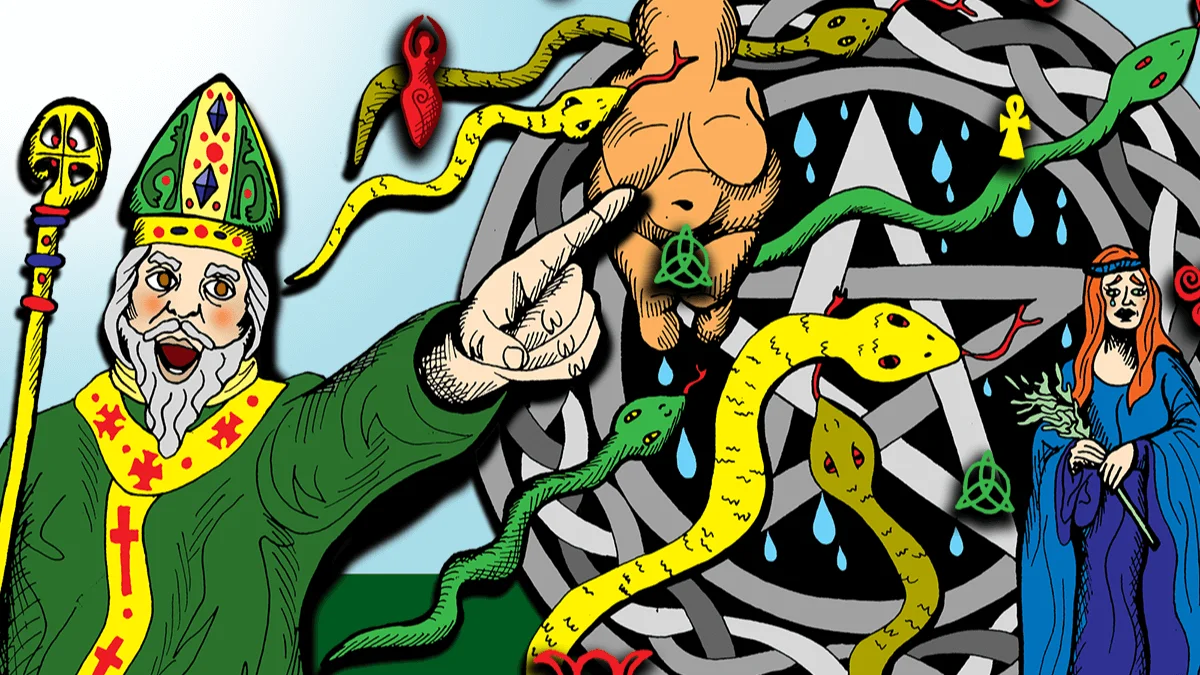Saint Patrick’s Day, celebrated every year on March 17th, is a cultural and religious holiday commemorating Saint Patrick, the patron saint of Ireland. But is it a pagan holiday? Let’s explore this question further.
The History of Saint Patrick’s Day
Saint Patrick, born in Roman Britain in the late 4th century, was kidnapped at the age of 16 and taken to Ireland as a slave. He escaped but returned to Ireland and is credited with bringing Christianity to its people. The day of his death, March 17th, has been observed as a religious feast day and eventually became a global celebration of Irish culture.
Is Saint Patrick’s Day a Pagan Holiday
Paganism encompasses a range of spiritual traditions that predate Christianity. In the context of Saint Patrick’s Day, it’s important to understand that Ireland, like much of Europe, had a rich tapestry of pagan traditions before the arrival of Christianity.
The shamrock, a common symbol associated with Saint Patrick’s Day, was considered sacred by the Druids because its leaves formed a triad. This was a significant number in Celtic mythology.
Saint Patrick is said to have used the shamrock as a metaphor for the Christian Holy Trinity. However, this story didn’t appear in writing until nearly a thousand years after his death, leading some to believe that it may be a conflation of Christian and pagan traditions.

Common Misconceptions
One of the most enduring myths about Saint Patrick is that he drove the snakes out of Ireland. However, fossil records show that Ireland has not had snakes since the last Ice Age. The “snakes” Saint Patrick drove away are likely metaphorical, representing the conversion of the Irish people from their old, pagan beliefs to Christianity. This story serves as a powerful metaphor but should not be taken literally.
Conclusion
While Saint Patrick’s Day has some elements that can be traced back to pagan traditions, it is primarily a Christian holiday celebrating Saint Patrick and his contributions to Ireland. It serves as a reminder of the rich and complex history of Ireland and its religious evolution.
Remember, understanding the origins and history of our traditions helps us appreciate them more deeply. So, whether you’re wearing green, attending a parade, or cooking up some corned beef and cabbage, take a moment to reflect on the rich history behind Saint Patrick’s Day.
FAQS
One common myth is that Saint Patrick drove the snakes out of Ireland. However, this is likely a metaphor for his conversion of the Irish people to Christianity, as there were no literal snakes in Ireland.
The shamrock, a three-leaf clover, was considered sacred by the Druids because its leaves formed a triad. Saint Patrick is said to have used the shamrock as a metaphor for the Christian Holy Trinity

